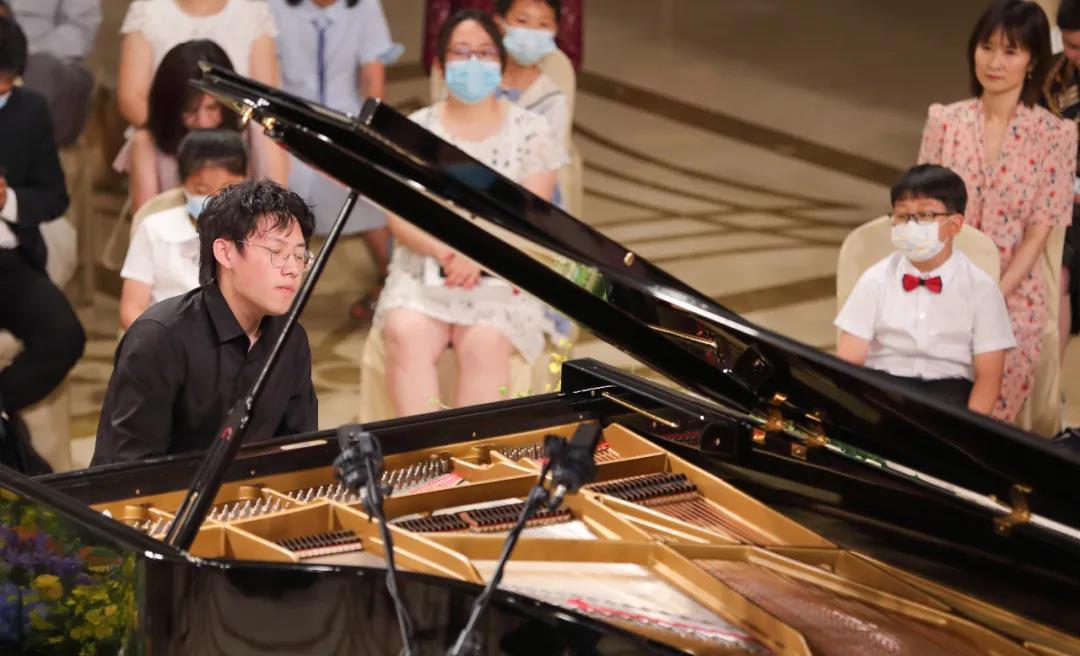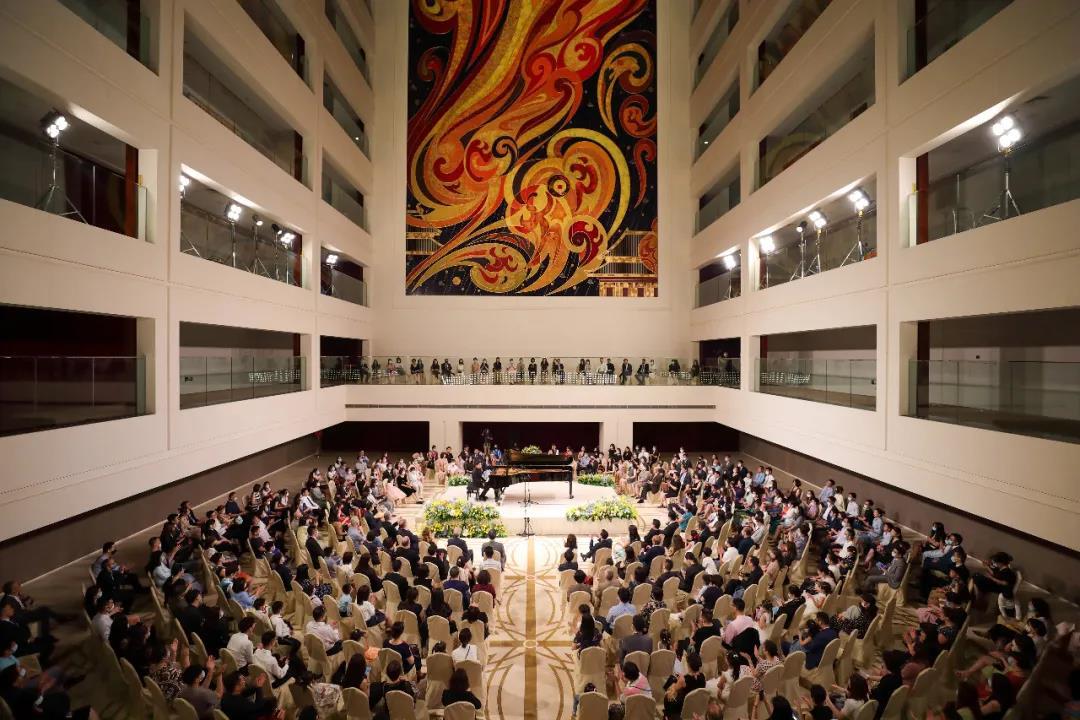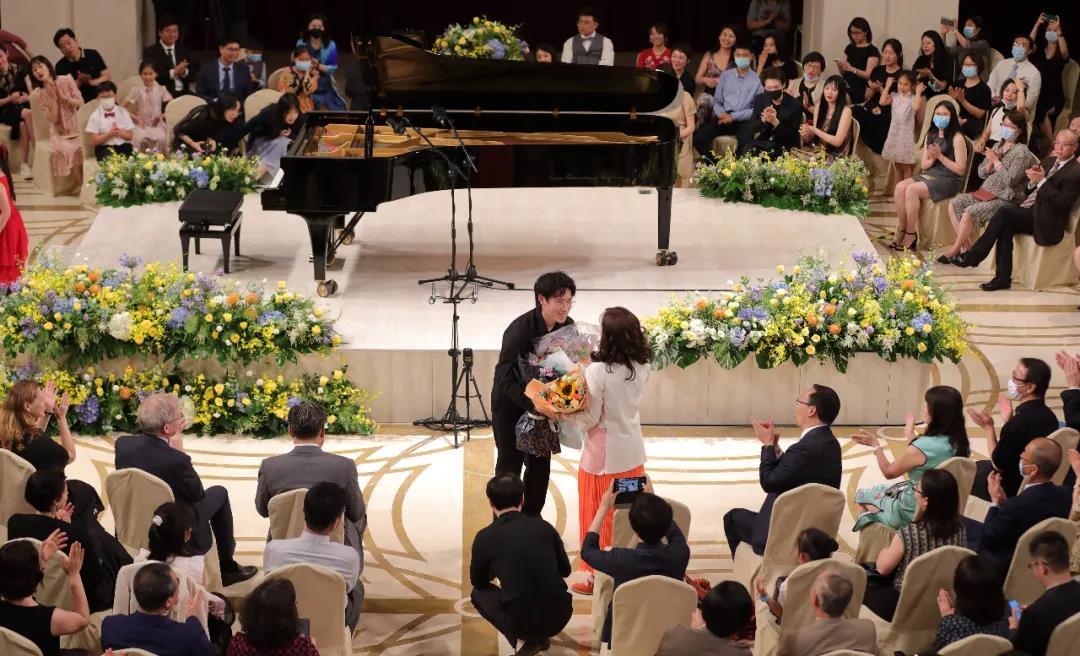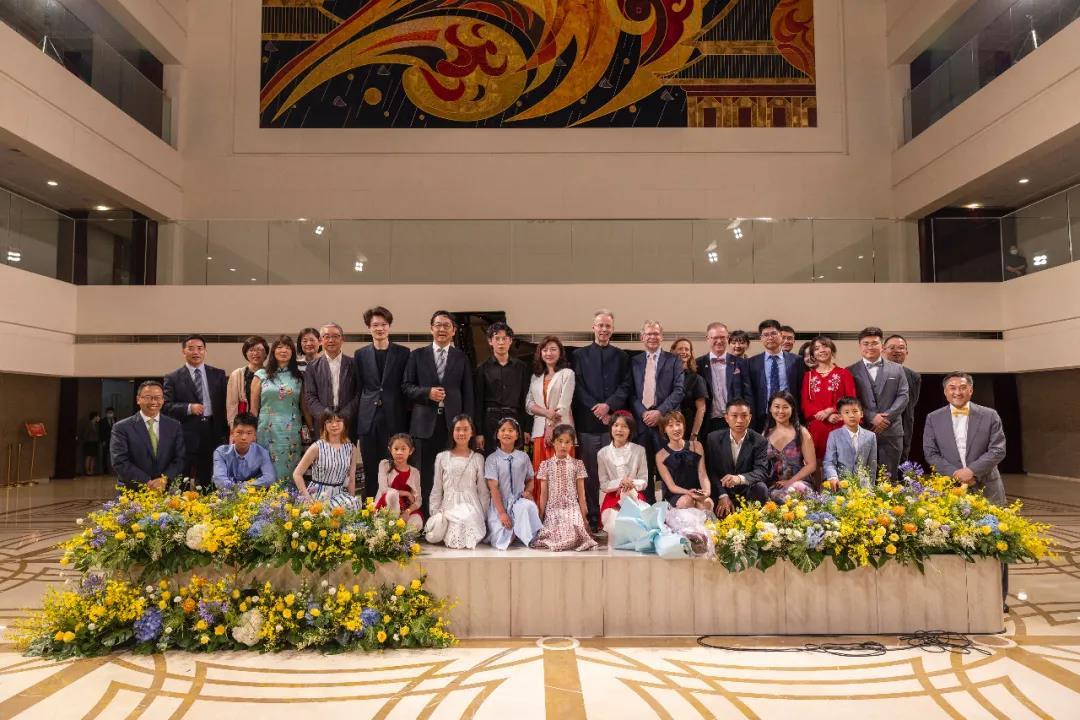Winland Summer Concerts
2021Challenge Tonight
—— Chen Zhilin Piano Recital
I choose to play some works from the Romanticism period because they are colorful, passionate, and extremely hard to play. They will pose a grave challenge to me but will be enjoyable for the audience.
By kicking off the concert with Alexander Scriabin’s Piano Sonata No. 14 in F Sharp Major, Op. 30, I pay tribute to the wall painting Nessun Dorma by Mr. Chen Yifei in the atrium of Winland International Finance Center, which is based on the opera Turandot. The painting is mysterious, while the first movement of this sonata is also mysterious, brimmed with curiosity and the desire to explore an unknown world. The piece contains a lot of fourths and fifths, which are a hallmark of Scriabin’s compositions, expressing to the fullest his unique emotions. Thus, we can find some common ground between the music and the painting as both represents mankind’s profound thoughts about and desire to explore the vast universe. The three pieces that follow are dances. Among them, both the one by Maurice Ravel and the one by Claude Debussy are called “waltz”, yet they bring sharply different experience to the audience.
La Valse “transcribed by the composer” by Maurice Ravel is one of the hardest pieces for piano, dazzlingly beautiful but extremely demanding for finger dexterity all the way along. It is full of restlessness and temptation. Claude Debussy’s La Plu que Lente, L.121, is unique in that the music sounds like a trotting creek until it takes an abrupt turn into what feels like a rippling pond in an ink-and-wash painting. For this, I put on my acoustic palette what is the most intense, the simplest, the gloomiest, and the most delicate and let them clash so that the sharp contrasts and utmost diversity of Romanticism will show itself to the best effect possible.
Before these two, I put in Eastern European composer Nikolai Kapustin’s Variation, Op. 41, a very vibrant jazz piece.
Jazz was born between the 19th and 20th centuries in New Orleans, a port city in the south of the United States, where the African culture collided with the European culture. It makes great dancing music. I put there between two waltzes for a kind of contrast—to reveal how vastly different dances can be and how sharp the contrast is between American culture in the eyes of an Eastern European composer and the typical Western European culture.
The final piece of the concert is Franz Liszt’s Piano Sonata in b Minor, S.178, a hallmark piece in the Romanticism period and the composer is widely known as the “king of piano”. It is the ultimate summary of all the intellectual sufferings the composer had gone through and, more importantly, a sublimation in the spiritual realm. It echoes the theme of the opening piece by Scriabin—the way ahead is long and tortuous, and I’ll seek truth in the heaven and on the earth.
In sum, at this concert, I will present three
heavyweights it is so challenging both physically and intellectually that is
seems really unwise to do so. However, this is who I am: young and brave to
embrace challenges and do all I can to offer my audience a rich, diverse,
challenging and brilliant concert.









